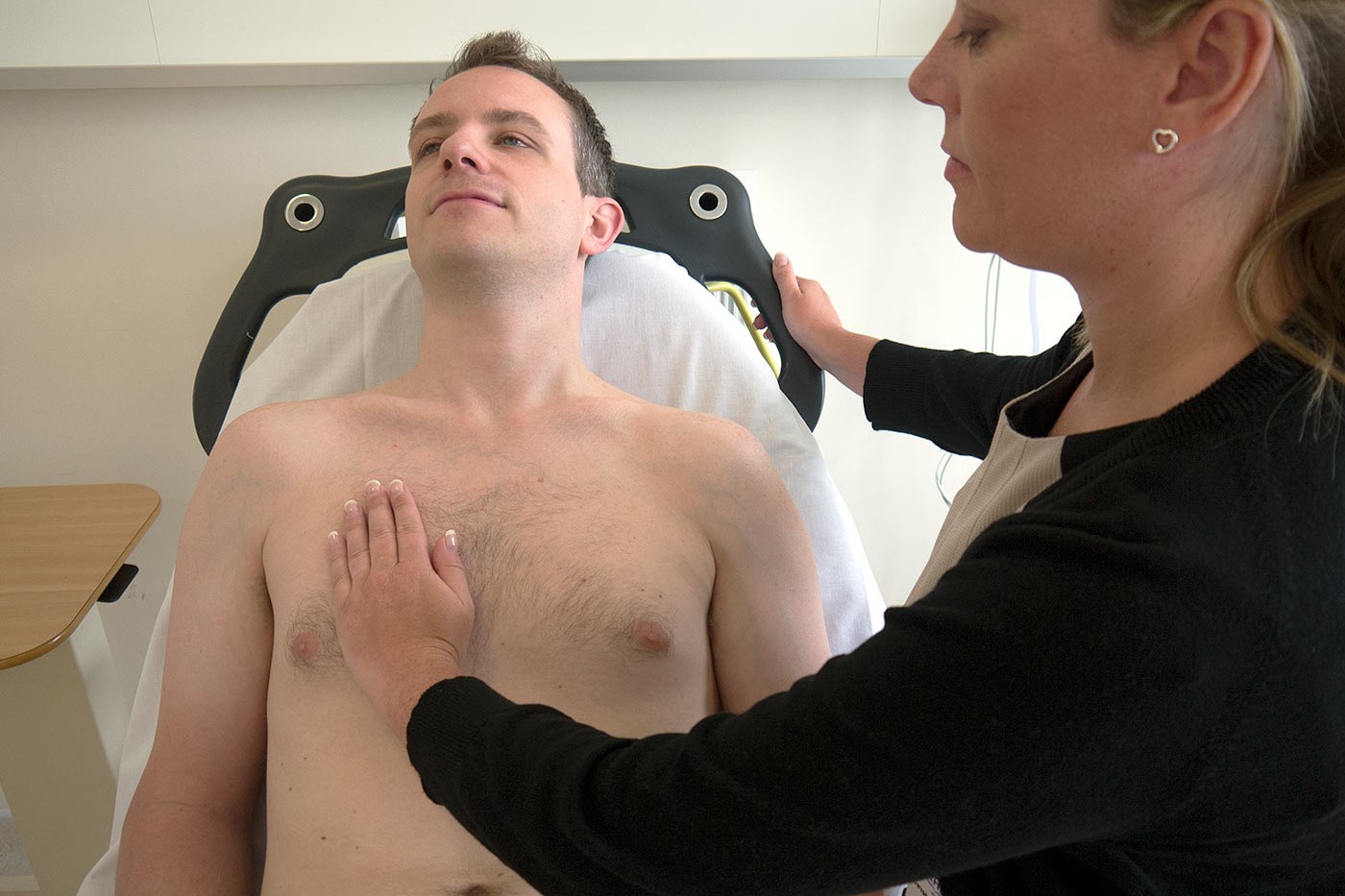
Broadbent Inverted Sign is a fascinating phenomenon in the medical world. Named after Sir William Broadbent, this sign is a clinical indicator used by doctors to diagnose certain heart conditions. But what exactly is it? Broadbent Inverted Sign refers to the paradoxical movement of the heart's apex during systole, which can be a clue to underlying issues like left ventricular hypertrophy or pericardial effusion. Understanding this sign can help medical professionals make more accurate diagnoses and provide better care for their patients. Ready to learn more? Here are 25 intriguing facts about the Broadbent Inverted Sign that will deepen your understanding of this unique medical indicator.
Key Takeaways:
- The Broadbent Inverted Sign is a rare but important indicator used by doctors to diagnose heart and lung conditions, named after Sir William Broadbent, a famous British physician.
- Sir William Broadbent's discovery of the Broadbent Inverted Sign in the 19th century still influences modern medicine, helping doctors detect serious heart conditions and guide patient care.
What is the Broadbent Inverted Sign?
The Broadbent Inverted Sign is a clinical indicator used in medical diagnostics. It helps identify certain conditions related to the heart and lungs. This sign is named after Sir William Broadbent, a renowned British physician.
- The Broadbent Inverted Sign is often used to diagnose pericardial effusion, a condition where fluid accumulates around the heart.
- Sir William Broadbent first described this sign in the late 19th century.
- The sign is characterized by an abnormal movement of the heart's apex, which can be detected during a physical examination.
- It is considered a rare but significant finding in clinical practice.
- The presence of this sign usually warrants further investigation through imaging techniques like echocardiography.
Historical Background of the Broadbent Inverted Sign
Understanding the history behind the Broadbent Inverted Sign provides context for its importance in medicine. Sir William Broadbent's contributions to cardiology are noteworthy.
- Sir William Broadbent was a pioneer in the field of cardiology and neurology.
- He published numerous papers on heart diseases, contributing significantly to medical literature.
- The Broadbent Inverted Sign was one of his key discoveries, enhancing diagnostic accuracy for heart conditions.
- Broadbent's work laid the foundation for modern cardiology practices.
- His legacy continues to influence contemporary medical diagnostics.
Clinical Significance of the Broadbent Inverted Sign
The clinical significance of the Broadbent Inverted Sign cannot be overstated. It plays a crucial role in diagnosing serious health conditions.
- Detecting the Broadbent Inverted Sign can help prevent complications from untreated pericardial effusion.
- It aids in the early detection of cardiac tamponade, a life-threatening condition.
- The sign can also indicate the presence of other underlying heart diseases.
- Physicians rely on this sign to make informed decisions about patient care.
- It is a valuable tool in the arsenal of cardiologists and general practitioners alike.
How to Detect the Broadbent Inverted Sign
Detecting the Broadbent Inverted Sign requires skill and experience. Here are some key points on how it is identified during a physical examination.
- The sign is detected through palpation of the chest wall.
- Physicians look for an abnormal inward movement of the heart's apex.
- This movement is usually felt during the end of the diastolic phase of the cardiac cycle.
- The sign is more easily detected in patients with thin chest walls.
- Accurate detection often requires a combination of physical examination and imaging techniques.
Modern Relevance of the Broadbent Inverted Sign
Despite being discovered over a century ago, the Broadbent Inverted Sign remains relevant in modern medicine. Its application has evolved with advancements in technology.
- Modern imaging techniques like echocardiography have enhanced the accuracy of detecting the Broadbent Inverted Sign.
- The sign is still taught in medical schools as part of the curriculum for cardiology.
- It serves as a reminder of the importance of thorough physical examinations in the age of advanced technology.
- The Broadbent Inverted Sign continues to be a topic of research and discussion in medical journals.
- Its enduring relevance underscores the timeless nature of Sir William Broadbent's contributions to medicine.
Final Thoughts on Broadbent Inverted Sign
Broadbent Inverted Sign is a fascinating neurological phenomenon. It highlights the complexity of our brains and how they process information. This sign, often seen in patients with certain types of brain damage, can provide crucial insights for doctors. It helps in diagnosing and understanding various neurological conditions.
Knowing about Broadbent Inverted Sign can make you appreciate the intricacies of the human brain. It’s a reminder of how much we still have to learn about our own bodies. This knowledge can also be a conversation starter, showing how even small details can have significant implications.
So, next time you hear about neurological signs or symptoms, remember Broadbent Inverted Sign. It’s a small but important piece of the puzzle in understanding human health. Stay curious and keep learning!
Frequently Asked Questions
Was this page helpful?
Our commitment to delivering trustworthy and engaging content is at the heart of what we do. Each fact on our site is contributed by real users like you, bringing a wealth of diverse insights and information. To ensure the highest standards of accuracy and reliability, our dedicated editors meticulously review each submission. This process guarantees that the facts we share are not only fascinating but also credible. Trust in our commitment to quality and authenticity as you explore and learn with us.
